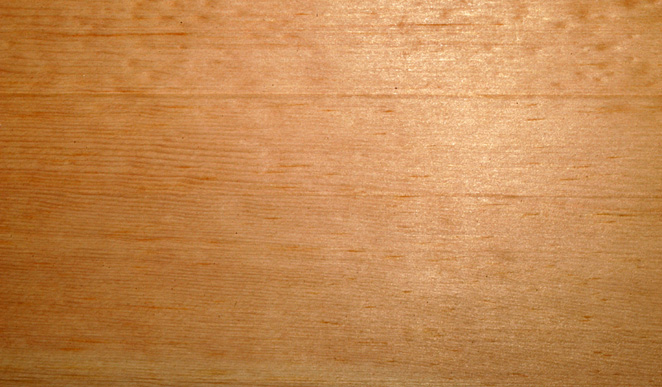


Lodgepole pine is a widely distributed, slender crowned western conifer of significant timber value. It is also a common component of many recreation and wildlife areas. This picturesque tree is often featured in postcards and (maybe) your own vacation photos. Lodgepole pine needles are 1 1/2 to 3 inches long, and occur in bundles of 2.
Light ![]()
Lodgepole pine regenerates following large disturbances and is commonly regenerated by clearcutting. It responds well to thinning at an early age.
Water
![]()
![]()
![]()
![]()
![]()
![]()
Lodgepole pine grows on a wide variety of sites throughout the western U.S. On poor soils it may be the only tree present.
Growth
![]()
Size
![]()
Tall, slender trees with a narrow loose crown reaching up to 80 feet tall; some varieties which grow along the Pacific Coast are very short and scrubby.
Timber Value ![]()
Lodgepole pine is used for log homes, boards, framing, paneling, posts, poles, railroad ties, pulpwood, and particle board.
Wildlife Value ![]()
Thermal and hiding cover, browse on seedlings. Porcupines eat cambium, sheep eat new growth when other food is scarce, and rodents eat the seeds.
Attracts rodents, squirrels, porcupines, sheep
Fun Facts
Lodgepole pine is a slow growing species and may live for a long time - the oldest known specimen is 628 years old. They are heavy seed producers and often form dense, pure stands following fire. The wood is used for a variety of products. Several varieties of lodgepole pine are often recognized. Lodgepole pine is named for its use in the construction of native American lodges and teepees.
Several varieties of lodgepole pine are recognized.
Latin Meaning
Pinus: Latin name for pine from Greek "pitus" /
contorta: twisted Latin "torque" (to twist)
Home - I.D. Fact Sheet - USDA Silvics Manual - Additional Silvics
Landowner Factsheets © 2004 Virginia Tech Forestry Department, all rights reserved. Text, images, and programming by: Dr. Jeff Kirwan, Dr. John R. Seiler, John A. Peterson, Edward C. Jensen, Guy Phillips, or Andrew S. Meeks.